Over the past 15 years, the work of preserving and promoting the value of world heritage has always been effectively implemented by the Thang Long - Hanoi Heritage Conservation Center, including the work of preserving intangible cultural heritage, contributing to increasing the attractiveness of heritage destinations.
Heritage shines in contemporary life
The Thang Long Imperial Citadel Heritage Site is an architectural complex formed over 13 centuries, through many monarchical dynasties. With such a long history, in addition to tangible traces, this place also contains a treasure trove of vivid intangible cultural heritage associated with royal life.

Director of the Thang Long - Hanoi Heritage Conservation Center Nguyen Thanh Quang said that in recent years, research on intangible cultural heritage at the heritage site has seen many positive changes. Research plans on the ancient Thang Long royal culture have been promoted, achieving positive results through exhibitions, displays and events to experience traditional rituals...
Specifically, the Center cooperated with the Vietnam Historical Science Association and cultural researchers to organize many activities to research intangible culture at the Thang Long Imperial Citadel Heritage Site such as: The royal examination format (elephant examination) of the Le Dynasty; royal costumes of the Le Dynasty (15th - 18th century); Thang Long - Hanoi performing arts; the arrangement of ceremonial objects and offerings in royal ceremonies; interpretation of pictures of Thang Long - Hanoi during the Le - Nguyen Dynasty...
Mr. Nguyen Thanh Quang also said that royal culture includes rituals, festivals, games, performances... In recent times, royal rituals have been systematically and systematically studied, providing a rich and abundant source of materials for the public. In particular, many rituals have been recreated by the Center through practical activities, such as: Displaying, exhibiting documents, and dramatizing. Typically, the reenactment of royal rituals during the Lunar New Year, such as: Tao Quan worship ceremony, pole-raising ceremony, calendar-giving and calendar-giving ceremony, spring ox-giving ceremony... or rituals during Tet Chinh Dan, Doan Ngo Festival, and Mid-Autumn Festival.
According to Associate Professor Dr. Tran Duc Cuong, President of the Vietnam Historical Science Association, royal culture and art are one of the factors that bring vitality to heritage, helping heritage shine in contemporary life. The reenactment of traditional rituals at the Thang Long Imperial Citadel Heritage Site is not only entertaining, but also contributes to preserving the nation's precious intangible cultural heritage.
Need community cooperation
Preserving cultural heritage has long been a task that requires perseverance and long-term strategy. Many experts believe that in order to effectively preserve and promote heritage, in addition to the efforts of management agencies, the cooperation of the community plays an important role.
According to Associate Professor Dr. Le Thi Thu Hien, Director of the Department of Cultural Heritage (Ministry of Culture, Sports and Tourism), the community is the beneficiary of heritage and also the key factor in protecting and preserving heritage. Therefore, to successfully preserve tangible and intangible cultural heritage, localities and destinations need to promote the role of the community.
At the Thang Long Imperial Citadel Heritage Site, over the years, intangible cultural experimentation programs have always received strong response and participation from the community, especially the young. Mr. Nguyen Thanh Quang said that many royal court rituals were recreated in the form of dramatization with the participation of young people who love heritage.
Typical activities include the performance of royal dances in the night tour "Decoding Thang Long Imperial Citadel"; reenactment of the changing of the guard ceremony, the erection of the Tet pole on Lunar New Year; the carp releasing ceremony in the royal palace... This coordination is maintained regularly in the task of promoting the value of cultural heritage at the Thang Long Imperial Citadel Heritage Site, showing the love, respect and responsibility that the community has for the precious cultural capital left by our ancestors.
Assessing the effectiveness of preserving and promoting intangible cultural heritage at the Thang Long Imperial Citadel Heritage Site, Associate Professor Dr. Tran Duc Cuong said that this not only helps people and tourists understand more about the culture and history of Thang Long - Hanoi, but also brings new vitality to the heritage. "Intangible cultural experiment programs in the form of dramatization have created a tourist attraction at the Thang Long Imperial Citadel Heritage Site, contributing to bringing the heritage closer to the public," Associate Professor Dr. Tran Duc Cuong emphasized.
In the coming time, in addition to continuing the archaeological work, research and restoration of Kinh Thien Palace, the Thang Long - Hanoi Heritage Conservation Center will continue to research, restore and reenact many ancient royal rituals; organize exhibitions of documents and images about the value of the Thang Long Imperial Citadel Heritage Site. The goal is to turn this world cultural heritage into an attractive destination for domestic and foreign tourists.
Source: https://hanoimoi.vn/bao-ton-di-san-van-hoa-phi-vat-the-tai-khu-di-san-hoang-thanh-thang-long-tang-suc-hap-dan-cua-diem-den-704080.html


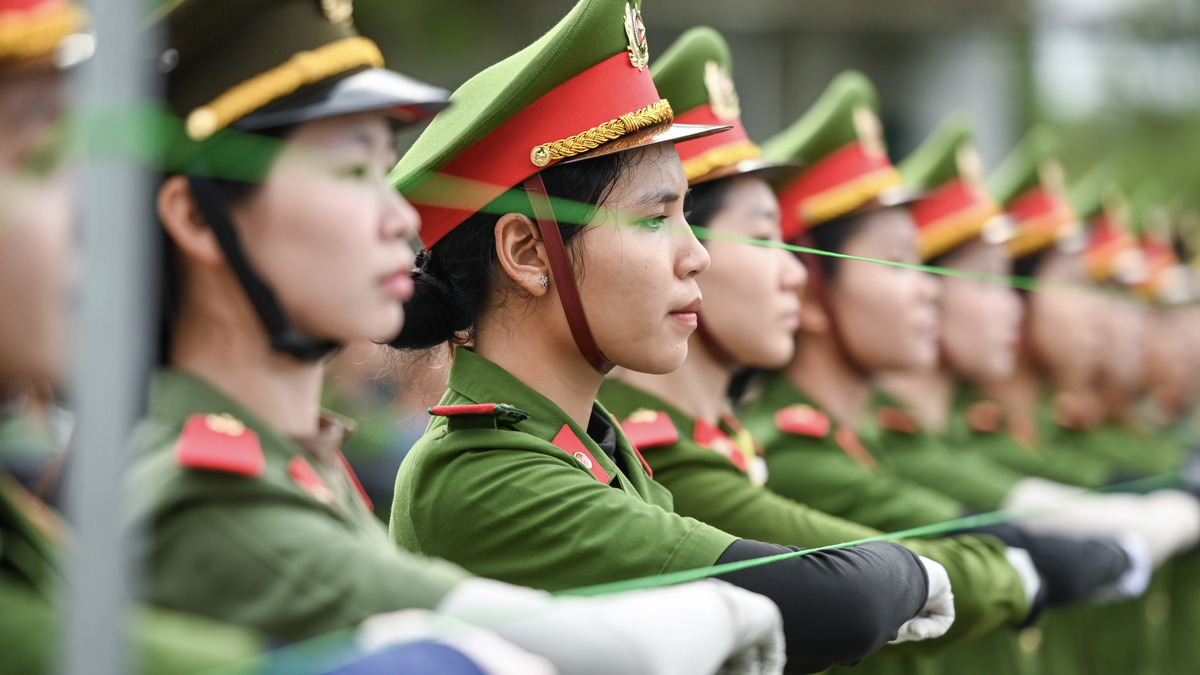





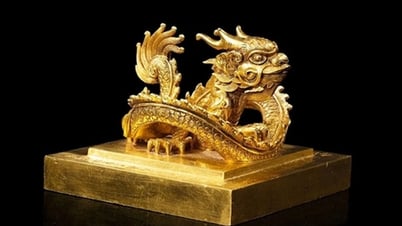

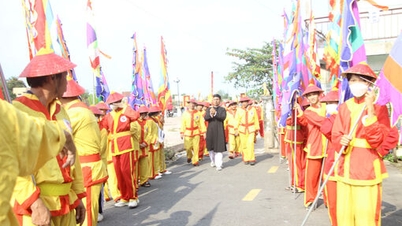


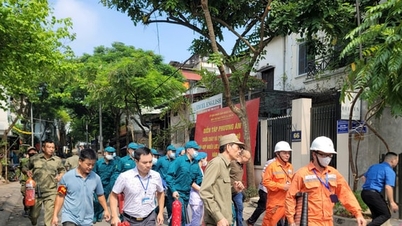
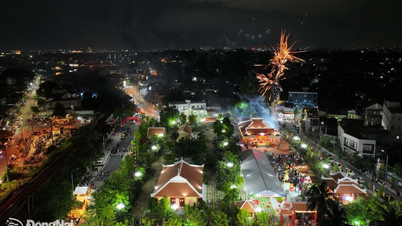

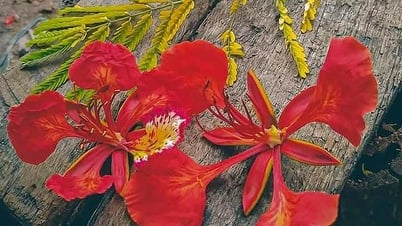





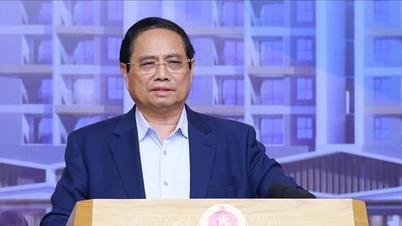
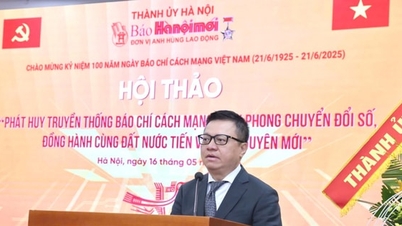


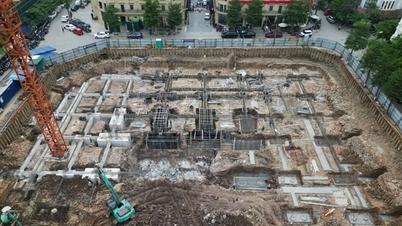
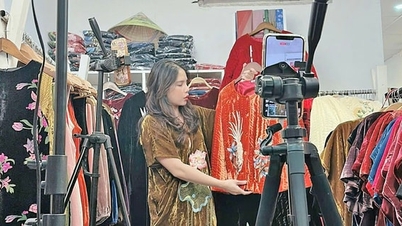



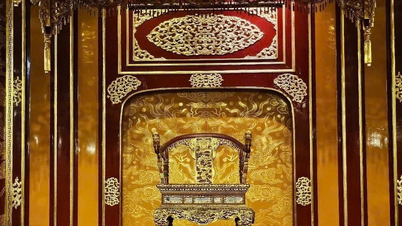

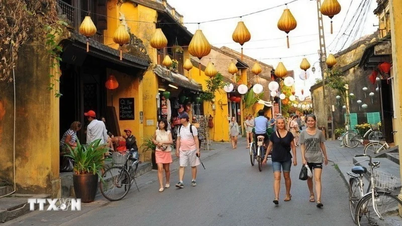

















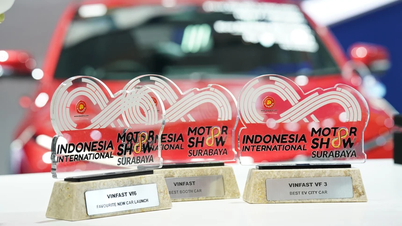






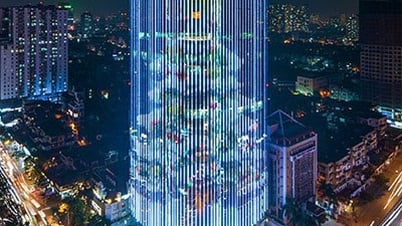







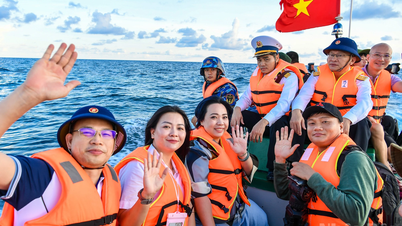
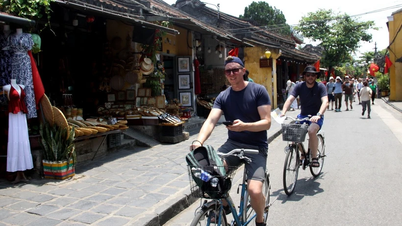

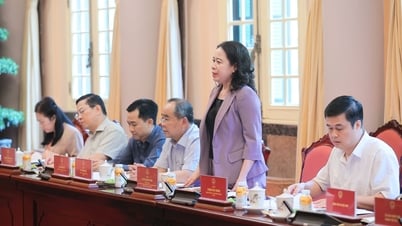

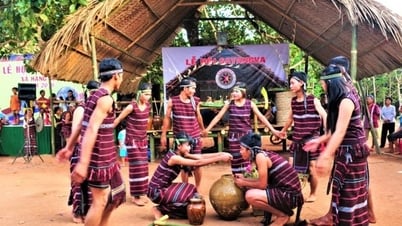
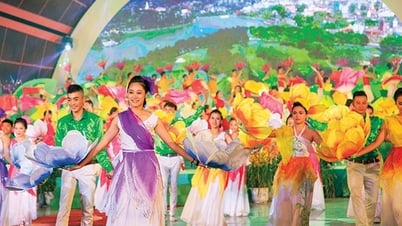
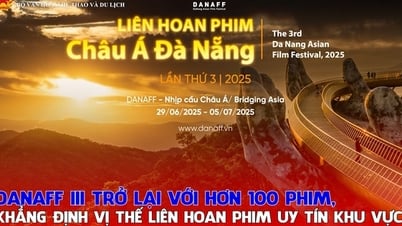
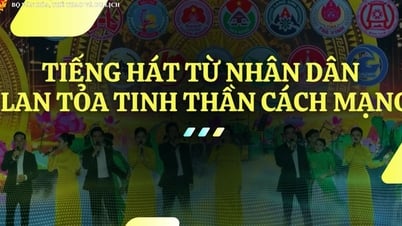
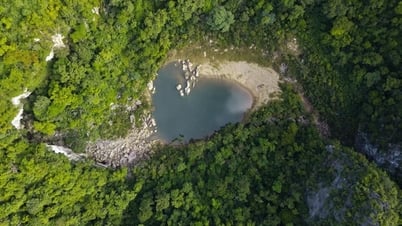
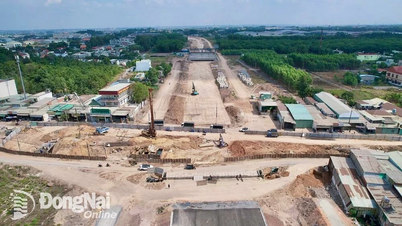
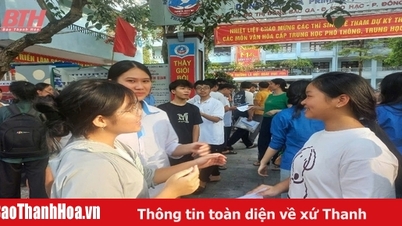

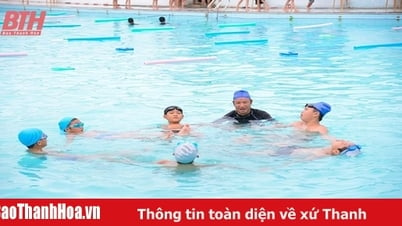
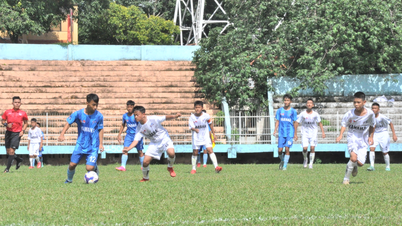

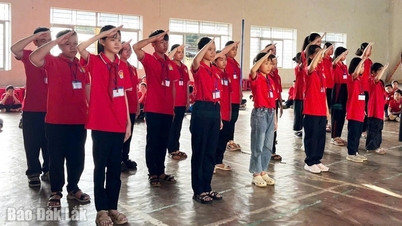
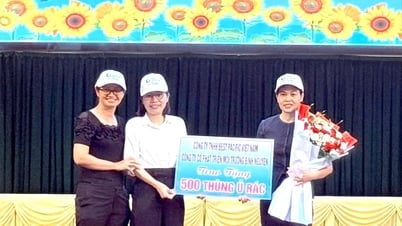





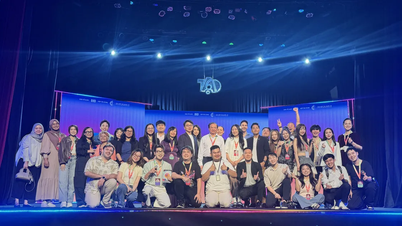

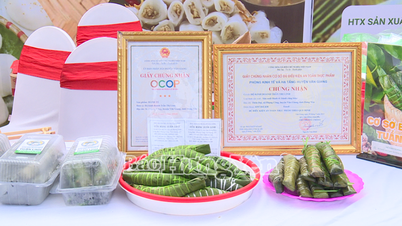

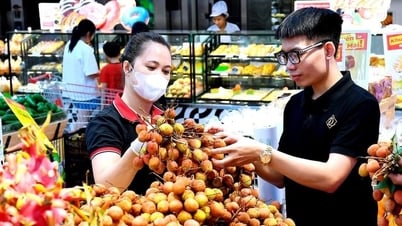


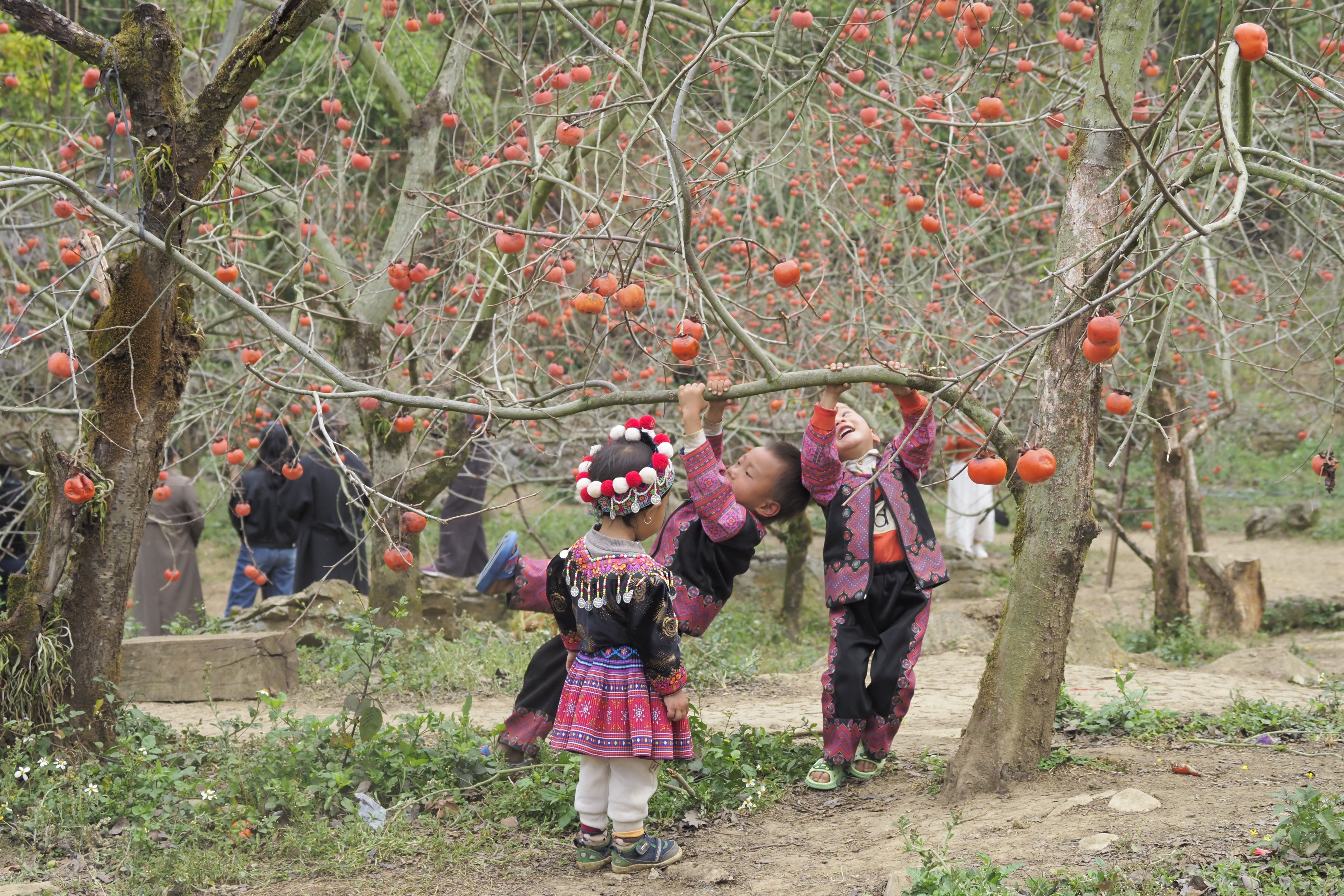
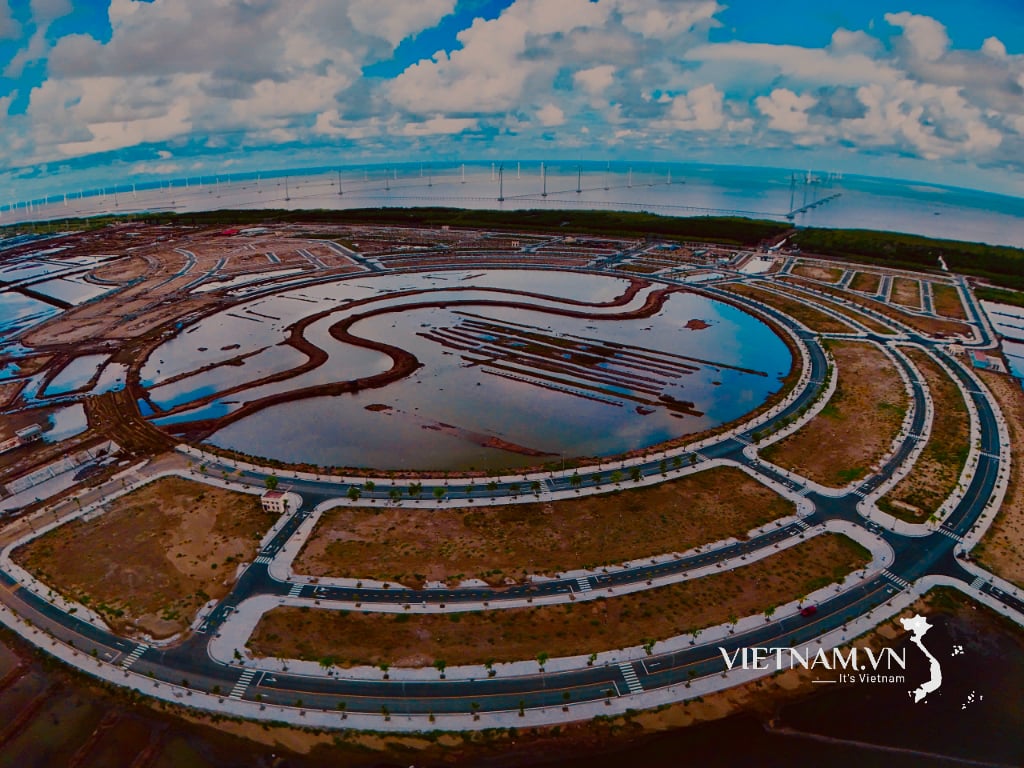
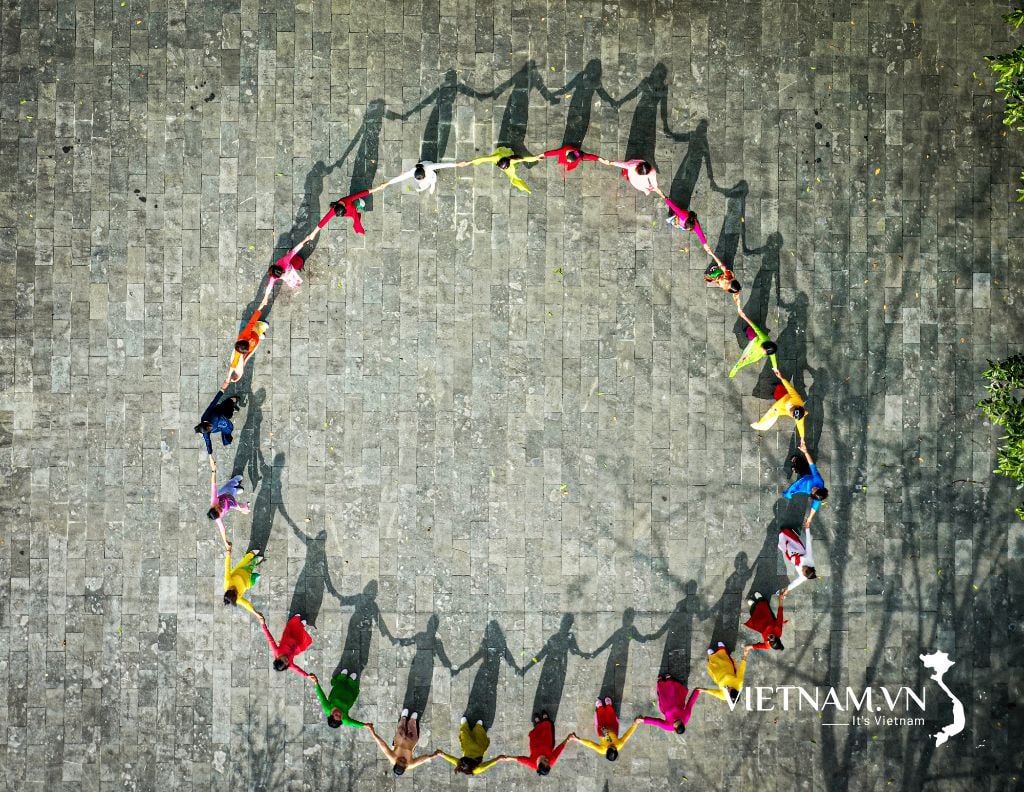

Comment (0)